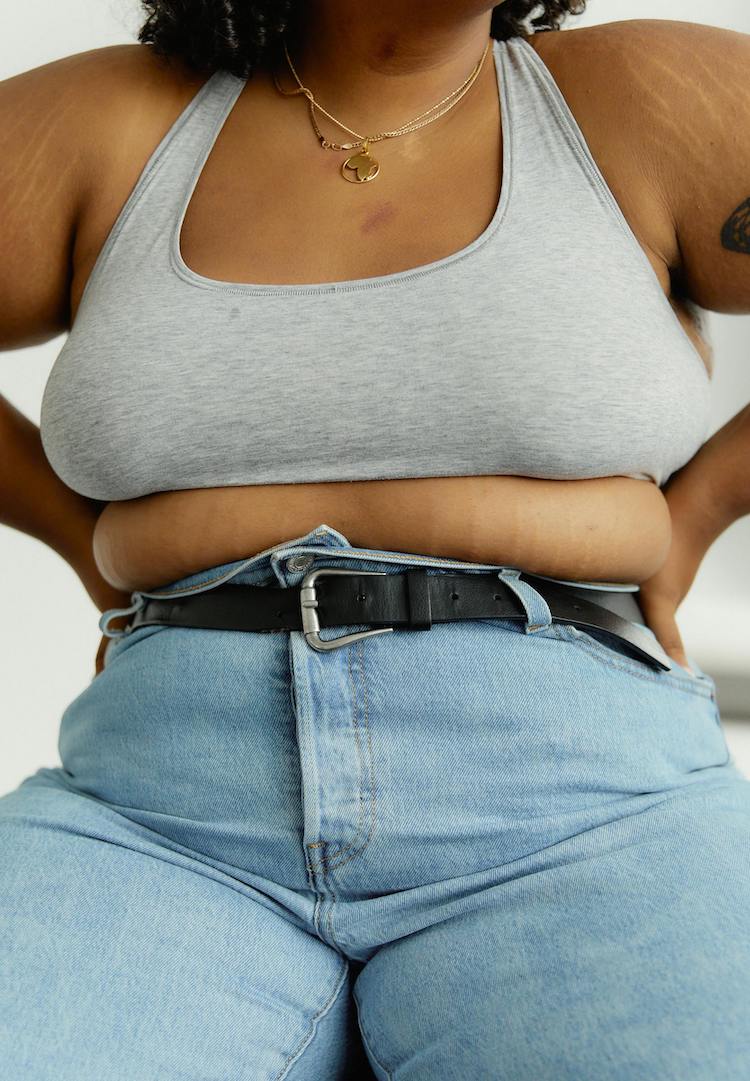This is what getting an IUD actually feels like
WORDS BY SASHA-MAE WORTHINGTON
“We give birth. How bad can an IUD insertion really be?”
I’ve had problems with menstruation from the very beginning. Sporadic, painful and immeasurably heavy, my periods never settled into a trackable cycle. They remained elusive, disappearing for months before surprising me in new and horrific ways.
Like a lot of women’s health issues, the issue took a disproportionate amount of time to diagnose. My long history of eating disorders meant my period didn’t properly arrive until I was almost 19. Instead of being extremely prepared (you’d think it’s enough time), I felt lost and oddly alone.
For more content like this, tap through to our Life section.
It was almost embarrassing to talk about – let alone complain. My friends had their periods all figured out while I was still trying to angle a tampon correctly (I’d had sex, just not a lot of experiences with sanitary products).
After a series of misdiagnoses, the issue with my periods turned out to be abnormal menstrual bleeding (sometimes referred to as menorrhagia). While not as extreme as other period-related issues, the excessive bleeding did make it difficult – and sometimes mortifying – to leave the house during the first few days of my period.
Naturally, the solution was birth control. I started with one version of the pill, which gave me unfortunate breakouts and uncontrollable mood swings. So I tried its progestin-only cousin, the minipill. This worked better but didn’t account for my chronically disorganised personality, which caused me to accidentally skip more days than I could make up for.
So, with a freshly-acquired boyfriend and female GP whose advice I actually trusted, I decided to get a hormonal intrauterine device (IUD). For those unaware, an IUD is a little T-shaped bit of plastic that’s inserted into your uterus as a form of birth control. There are hormonal and nonhormonal varieties, all of which are cheaper than the pill, 99 per cent effective and last for up to 10 years.
As the nonhormonal copper IUD can cause heavier and longer-lasting periods, I opted for the Mirena. My doctor told me it would be painful and my health insurance didn’t cover general anaesthetic. I’ve since heard several iterations of ‘If men had to get IUDs, they’d knock them out for free’ – which I don’t disagree with. But hey, we give birth. How bad can an IUD insertion really be?
According to the internet, drastically, ‘excruciatingly’ bad. Collating my online research and a number of terrifying first-hand accounts from friends, the procedure seemed like a complete nightmare. Unfortunately, my menstruation situation meant I didn’t have much of a choice. The Mirena is known to either stop or heavily reduce bleeding, which needed to happen before I ended up with anemia again.
Finally, the fateful day came. Furious at my inability to receive any kind of pain relief aside from two ibuprofen, I’d decided to take matters into my own hands. I had a handful of painkillers left over from a previous wisdom tooth surgery. I swallowed two down with a bottle of water and some toast, picked up my IUD (the fact you have to pick it up and present it for insertion feels like a dig somehow) and nervously sat in the waiting room.
My first piece of advice: don’t have risky sex in the 48 hours before your appointment. Without thinking, I’d had sex using the pull-out method the night before my appointment. Any chance of pregnancy generally means your doctor will refuse to put in an IUD – mine was extremely wary but went through with it anyway. Turns out I wasn’t pregnant (that would be ironic), thank goodness.
As she was conducting an internal examination using a speculum (not painful, but kind of cold and a little uncomfy), I relaxed a little. It’s supposed to be even more painful if you’re stressed and clench-y, as you want the device to make a smooth entrance into your uterus. Next was the clamp on my cervix, which was definitely unpleasant but not unbearable.
The awful part came when the doctor actually inserted the IUD, piercing my cervix and moving through to my uterus. It was sharp, concentrated and felt deeply internal (which it was). I like to think I have quite a high pain tolerance but for a few seconds there, it was horrible. But – like an external piercing – the pain was over really quickly.
Feeling super faint, I laid down for a good 15 minutes after the procedure before getting up – which was a mistake. My painkillers combined with the foreign object now in my uterus caused me to be sick, right there in the waiting room. Again, it was a feeling that went away in minutes. Back at home, my housemate gave me a cold compress and some orange juice while I slept it off.
I was a little bruised but back to normal in a few days. All of it – the throwing up, the pain, the being splayed open with a speculum – was worth it for the difference it’s made to my periods. But not all IUD experiences are the same. If you are nervous and want general anaesthetic, there are women’s health and fertility control clinics that offer it for free at a reduced price (sometimes with a short waiting list). Honour your concerns, feel valid in your pain and do what’s right for your body.
For more on IUD insertion, head here.










